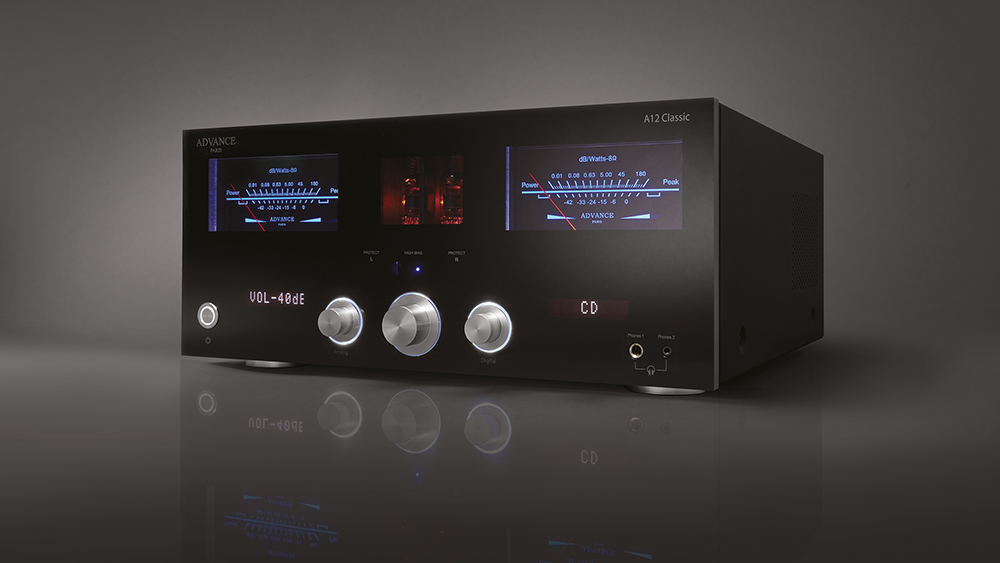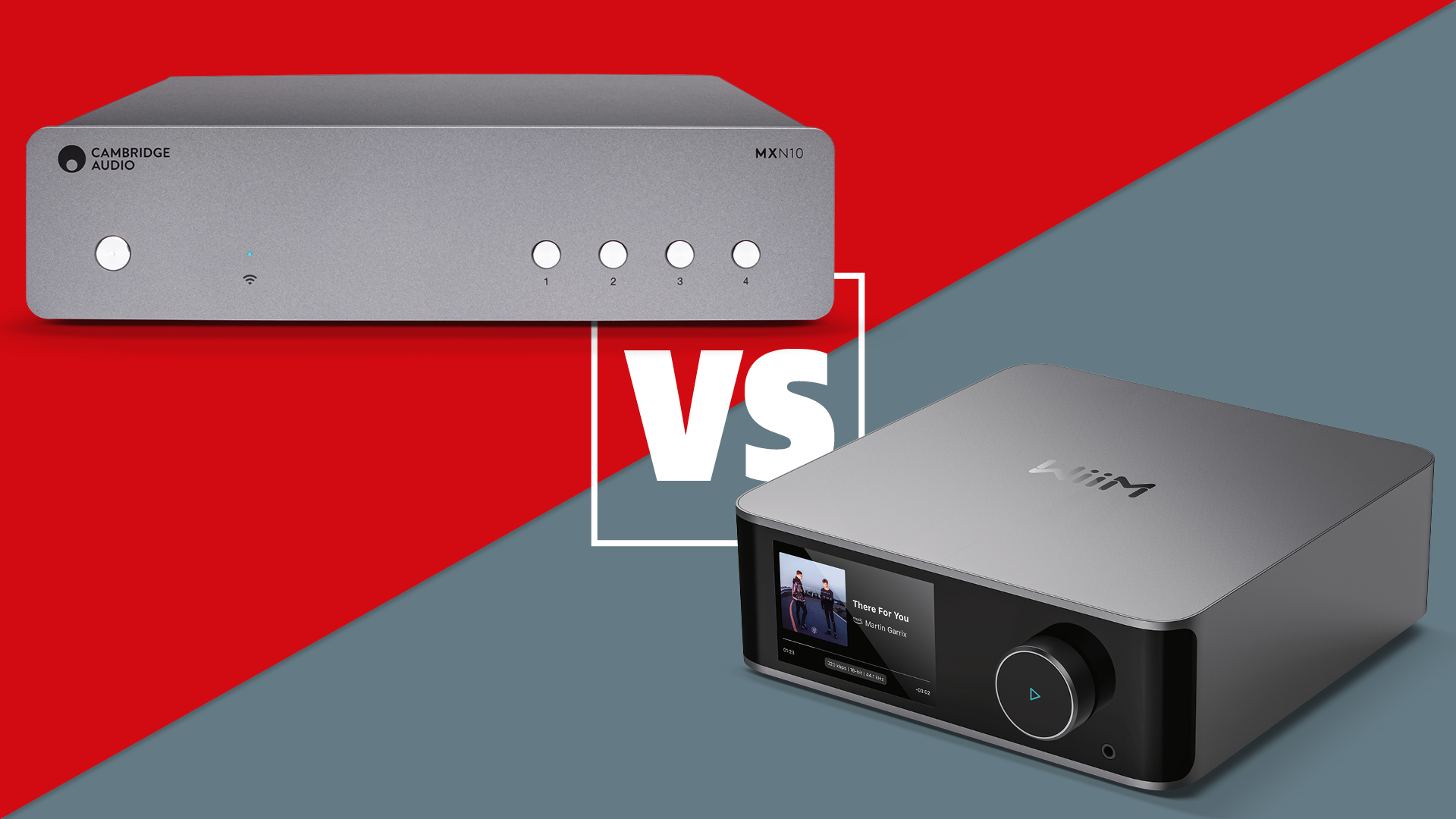What Hi-Fi? Verdict
Pros
- +
Excellent performance
- +
True wealth of inputs
- +
Reliable, trouble-free operation
Cons
- -
Long power-up time
Why you can trust What Hi-Fi?
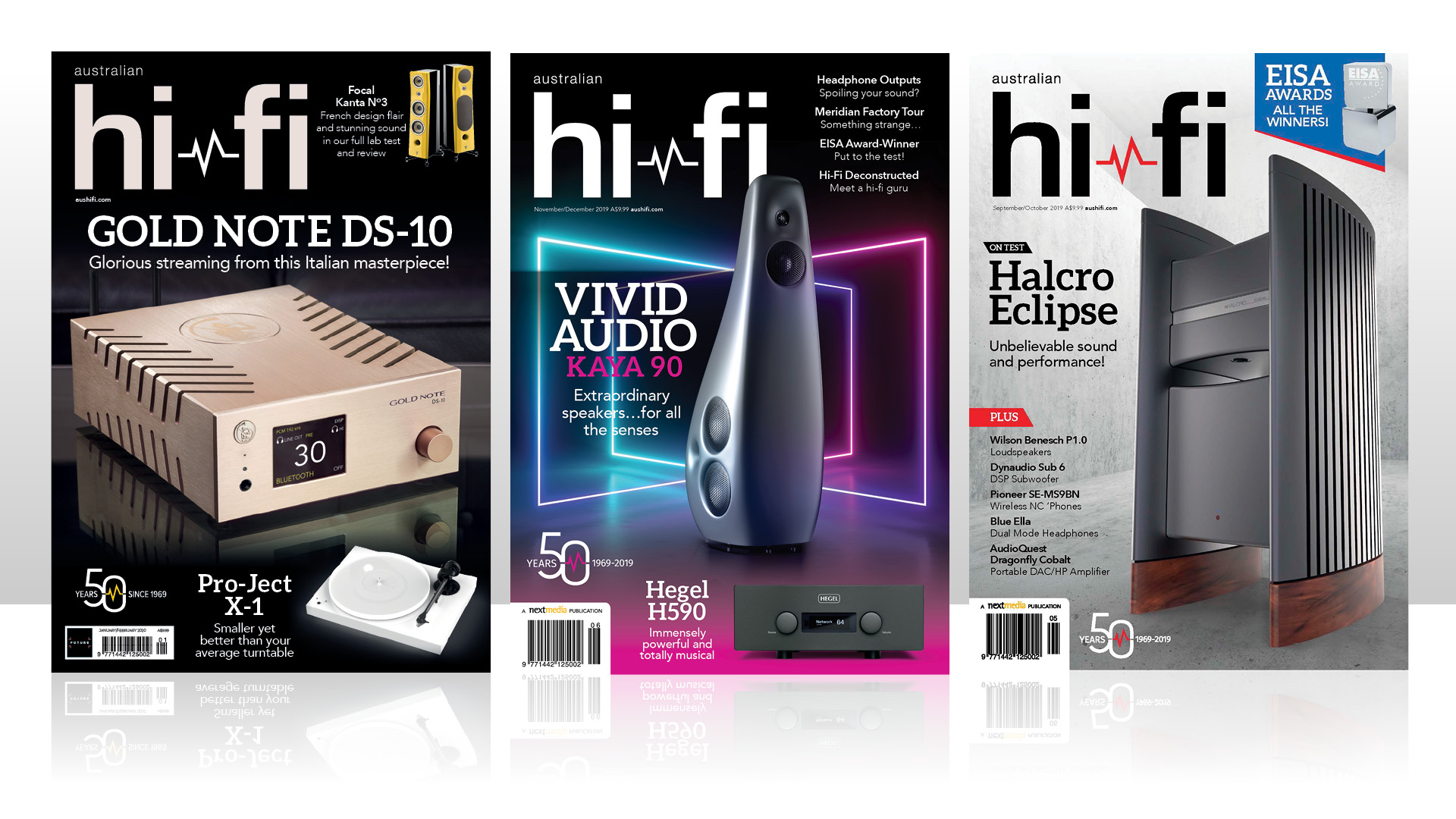
This review and test originally appeared in Australian Hi-Fi magazine, one of What Hi-Fi?’s sister titles from Down Under. Click here for more information about Australian Hi-Fi, including links to buy individual digital editions and details on how best to subscribe.
Some audiophiles will always adhere to the belief that the preamplifier and power amplifier simply must be contained in separate boxes. After all, that not only allows you to pick from the best of each type but also often gives greater flexibility when it comes to connections.
French firm Advance Paris offers its own high-end power amps and preamps, but today I’m looking at its A12 Classic integrated, which it describes as an audiophile model. And – spoiler alert – it lacks nothing when it comes to performance, nor indeed flexibility.
Features
In short, the Advance Paris A12 Classic is a proper high-powered, analogue stereo amplifier, offering all the features of classic amps from old, but updated with modern digital audio too.
Within its substantial dimensions – the usual 43cm width but 19.5cm height and 44.5cm depth, making for an impressive mass just shy of 18kg – is an analogue preamplifier, a Class A/B power amplifier, and a DAC.
The preamp section is fitted with a phono preamp, and not just the usual cheap moving-magnet module either. Next to its RCA inputs are two switches for setting gain and capacitance. There are three gain levels: one for moving-magnet cartridges, one for standard low-output moving-coil cartridges, and one for high-output moving-coil cartridges (which are generally, despite the name, lower in output than moving magnet ones). Three capacitance settings are also available.
Let’s talk a little more about the available connections. It strikes me that Advance Paris’ approach would seem to be a no-brainer in amplifier design, but isn’t one many makers actually adopt. That is, to provide the amp with a wealth of inputs and outputs. It’s such a low-cost thing to provide, and yet is such a convenience to the user. Take the traditional stereo RCA inputs, for example – in addition to the dedicated phono inputs, you don’t get two or three but five!
You also get two pairs of balanced XLR inputs for accepting the highest-quality signals from appropriately equipped sources.
There’s also an ‘Amp In’, allowing you to use the A12 Classic’s power amp section with another external preamp. That would seem like a disaster waiting to happen, except that Advance Paris has this switched off by default; it must be enabled in the set-up menu.
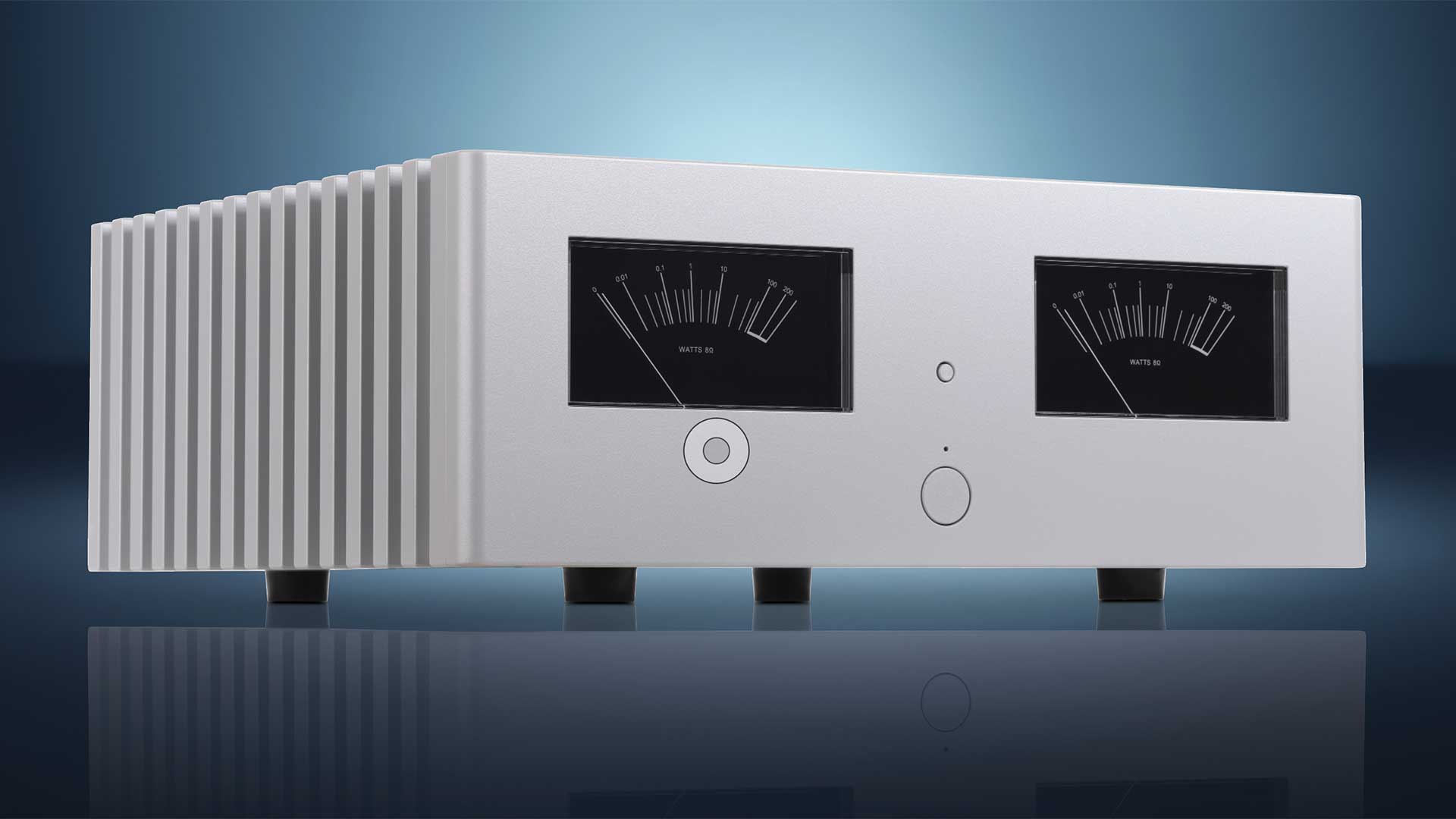
Power: 2 x 190W into 8 ohms
Inputs: 5x stereo analogue RCA; 2x balanced stereo analogue XLR; stereo phono (MM & MC); 3x coaxial digital; 3x optical digital; AES/EBU digital; HDMI; USB Type-A; USB Type-B (as USB Audio device); Bluetooth (via included BT dongle)
Outputs: Balanced XLR pre-out; pre-out RCA; record out (fixed-level RCA); 2x subwoofer RCA; HDMI ARC; 2x headphone (6.35mm & 3.5mm)
Dimensions (HWD): 19cm x 43cm x 44.5cm
Weight: 17.9kg
Three optical inputs sit alongside three coaxial ones, while an AES/EBU XLR is present and correct for those who want to connect a professional-level device that has such an output. You can also plug in a USB memory stick loaded with music; connect a computer to use the A12 Classic as a USB Audio device; or fit the Bluetooth dongle (which in Australia is an included accessory; I’m not sure about other territories since much of the documentation lists the dongle as optional).
I must not forget the HDMI sockets, too. One is for input only from a source device, while the other is for connecting the amplifier to the Audio Return Channel (ARC)-equipped HDMI socket on a TV so that you can use your audiophile system to play back the 7 o’clock news... or the movies and shows on broadcast and network TV with high-quality sound! Alternatively, you can connect your TV and A12 Classic via optical connection (presuming your telly has an optical output, of course).
I expected that the Advance Paris amp wouldn’t support video from the HDMI input to the HDMI ARC input/output, but, duty-bound, I popped some discs into my Ultra HD Blu-ray player (which was plugged into the HDMI input) to see what would happen to the LG OLED TV plugged into the HDMI ARC socket. And indeed, the discs’ video went to the screen while the appropriate sound emerged from the Dynaudio loudspeakers attached to the A12 Classic. It turned out that the video was 1080p, even with Ultra HD discs. And I’d set my player to auto-video output.
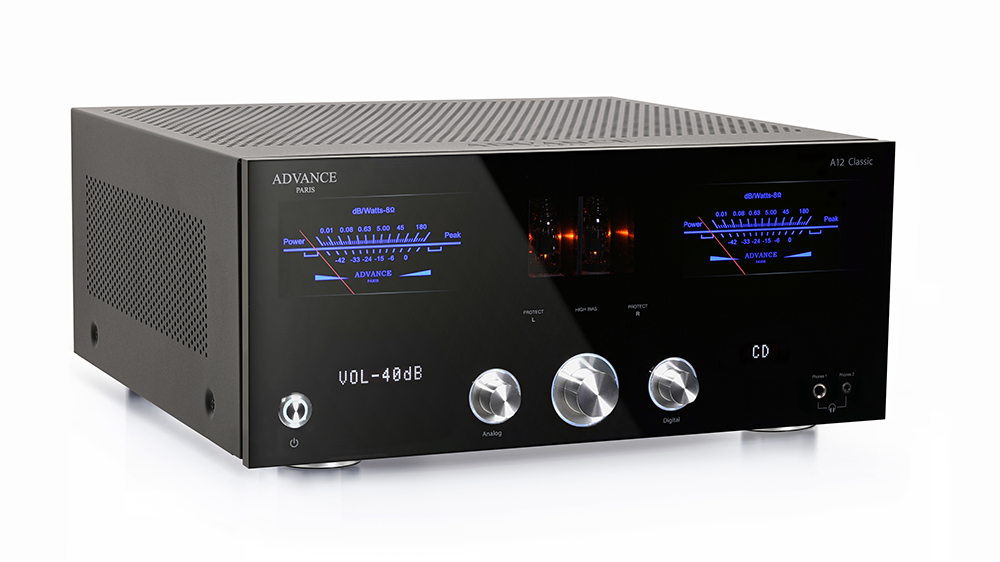
Is this a problem? It would be if this were a high-end home theatre receiver whose primary purpose was delivering movies. But for me, this is merely a convenience. If you do need the highest-quality picture, you should get a suitably high-end disc spinner that has separate video and audio HDMI outputs. Then the video need not run through the amplifier at all.
So, what have I discovered so far? Simply that not many people will have more devices than there are inputs available on the A12 Classic. Now, with so many inputs to hand, you might reasonably think that an inordinate amount of time is required to cycle through them all whenever you want to switch inputs. But this is partly resolved by the remote, which has four dedicated input selection keys that each cycle through only a small subset of inputs. There are, however, no shortcuts for the Bluetooth, phono or HDMI options.
As for outputs, you get ‘A’ and ‘B’ speaker binding posts (limited to six ohms minimum if you are using both), pre-outs via balanced XLR or RCA, and a fixed-level ‘Record Out’ (also RCA). Each of the two subwoofer outputs appears to offer summed mono and has an attached switch allowing you to choose a low-pass filter – 75Hz or 150Hz. Nice.
And that’s not all. On the front panel are two headphone sockets: one for the traditional 6.3mm stereo headphone jack, and the other for the 3.5mm version.
Ho hum, you might think. But I got excited by this. You see, the majority of headphone outputs on otherwise-fine integrated amplifiers or home theatre receivers are, not to put too fine a point on it, crap! Sometimes the design pipes a little of the main amplification to the output, and whacks a great big resistor in line to get the voltage down to something suitable for headphones. Sometimes they use a so-so op-amp with an in-line resistor to protect things. In the former case, the resistance is often north of 500 ohms; in the latter, it’s closer to 100 ohms.
In both cases, this causes frequency response variations in many attached headphones. Planar magnetic models tend to have a flat impedance across the audio spectrum, but dynamic headphones generally have major impedance variations by frequency. In other words, the tonal balance varies when there’s an in-line resistance, and in many cases that can make or break for headphone sound quality.
So, why was I excited by the A12 Classic’s headphone outputs? Because Advance Paris has built-in separate headphone stages, and for each output there is a hard-wired switch on the back panel to select an output impedance of either 100 or 0 ohms. I don’t believe the latter figure, but let’s regard it as aspirational. State-of-the-art headphone amps can manage something in the region of one-quarter to one-half an ohm. Keep things below a couple of ohms and the effect on sound is effectively unnoticeable on all headphones. Well done, Advance Paris, I say.
Inserting a jack into either of the sockets switches off the main amplifier – and yes, you can use both at the same time. Each output also has a gain switch associated with it – -4dB, 0dB or +6dB – so you can use two pairs of headphones of different sensitivities and roughly match their levels.
Design
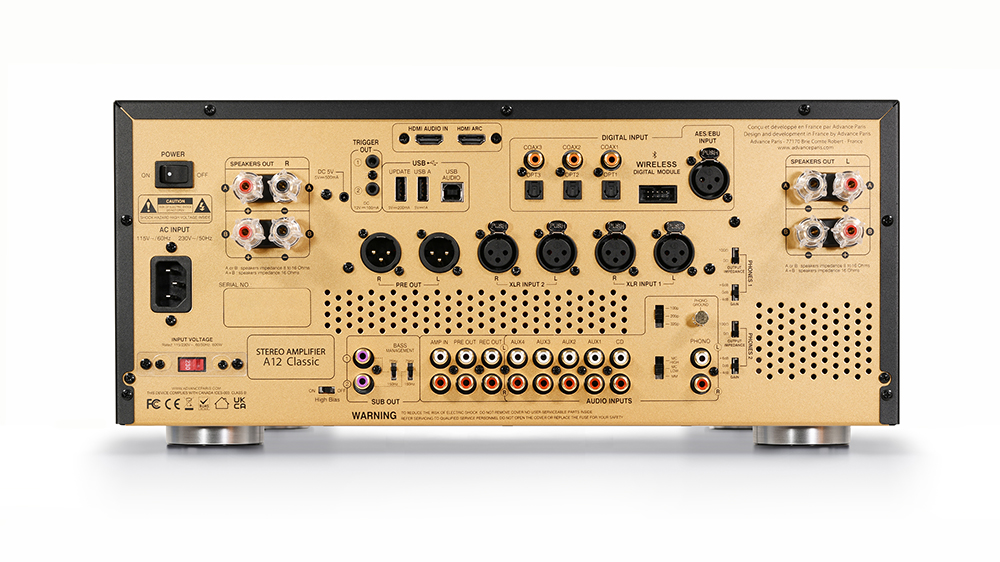
We’re this far into things and I haven’t really talked about the power amplifier section. So what is there to say? Well, it’s Class A/B, a magnificently developed technology by this point, and rated at 190 watts per channel “RMS” into eight ohms. (The quote marks are to forestall objections – correct ones – that RMS is not a suitable descriptor of power outputs. But what it actually means in the real world is that the power output has been calculated using the maximum unclipped RMS voltage output, for which it is a suitable descriptor.)
The rated output at four ohms is 280 watts per channel. And again, if you’re wiring up two pairs of loudspeakers for simultaneous use, the minimum impedance of both should be six ohms.
All Class A/B amplifiers have a bias applied to the signal to shift the waveform somewhat away from the ‘zero’ point, where the output resistors switch from dealing with a negative signal to a positive one, and vice versa. This avoids, or at least reduces, crossover distortion. The A12 Classic has yet another switch on the back – one that engages a ‘high bias’ mode. This pushes the bias higher so that the switch from negative to positive and back again happens at around one watt of output. That means that (except when you’re playing very loud) the majority of the music will be in pure Class A mode with no crossover distortion at all.
The cost of this mode is higher energy consumption and greater heat production, so it’s probably only worth using if you’re really trying to stretch to the final frontiers of high performance.
Lastly, I must mention the front panel, which is dominated by two large and downright lovely blue VU meters, calibrated to show power output into eight ohms, and also dB. These are traditional analogue needles on a panel. I’ve never truly been convinced about the usefulness of VU meters in amplifiers, but by golly do they look good!
Between the two VU meters, behind the glass, are a couple of smallish vacuum tubes that are employed in the preamplifier section to provide, says Advance Paris, “a musical sounding amplifier without aggressiveness”. I personally lean toward the view that ‘tube sound’ has more to do with power amplifiers, specifically the differences in the distortion characteristics between them and solid-state output stages. But I have to admit, their gentle reddish glow is wonderfully attractive.
Several functions are available through a menu controlled by manipulating the three front-panel knobs. Those knobs are spun metal and each is surrounded by a thin ring of light. Some evenings under the warm LED downlights, the knobs look almost golden.
These settings allow you to enable the default-disabled power amp inputs, change the delay of (or switch off entirely) the auto no-signal timer for switching off the unit, and adjust other minor things, such as the bass, treble and loudness – or bypass all of those. (I used bypass mode throughout this review.)
All that sounds pretty digital, but it seemed clear to me that this was simply a digital control system acting upon analogue circuits.
Sound
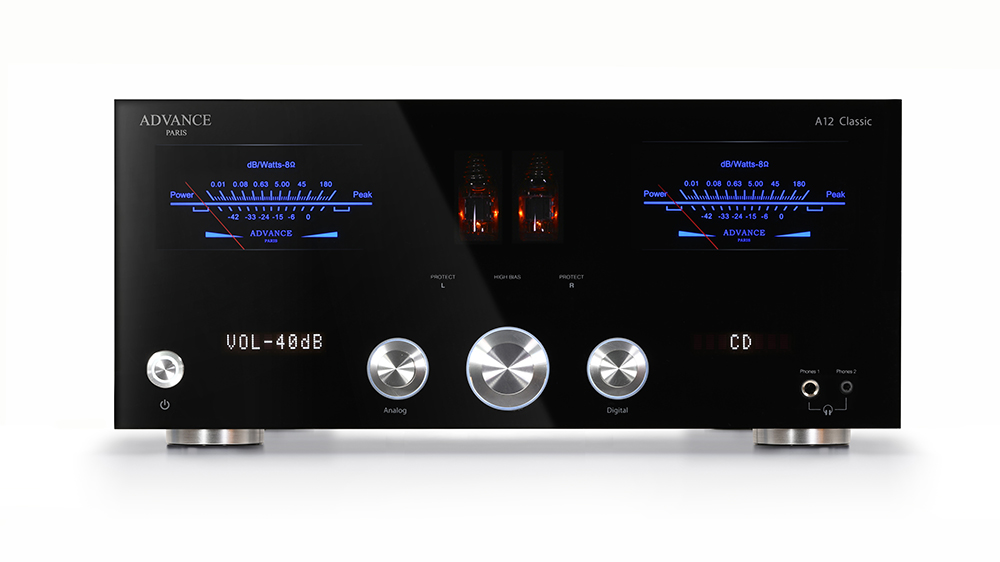
Before even thinking about listening to the A12 Classic, I should note that it is not an amplifier for those in a rush. When you power it up, it shows a clock on the right-hand display panel (the left-hand one shows volume level) counting down the seconds from 30 to zero. This allows time for the preamplifier tubes to warm up. Even when you change inputs, it takes a second or two before things are ready to go.
Those, I must point out, are my only two criticisms of this Advance integrated – which, now that I’ve typed them, seem pretty weak sauce even to me.
Before getting to the main game, which is listening to music fed to the analogue and standard digital inputs, let’s first look at a couple of those ‘extra’ inputs...
Deciding to give the regular USB (Type-A) input a whirl, I plugged in my music-laden USB SSD. I was wondering how – or even whether – I could select tracks for playback. But after half an hour, I unplugged it again – the unit had just shown “Loading” on its display for that whole time. To be fair, the SSD is two terabytes in size and contains about a terabyte of music, amounting to several tens of thousands of tracks. Clearly, the unit isn’t designed for that purpose. So I stuck in a standard USB memory stick loaded with a few tracks, and the amplifier started playing them back within seconds. The play/pause and track-skip buttons on the remote worked nicely, but note that there’s no other way of selecting from a large number of tracks. The test audio files it supported were FLAC in 44.1kHz and 48kHz, and MP3. (I didn’t try WMA – does anyone still use that?) The input does not support higher-resolution FLAC, nor standard Apple-flavoured AAC, Apple Lossless or DSD.
This brings me to the USB Type-B connection, to which you can connect a computer. The A12 Classic appears to the computer as a standard USB Audio device, so you can simply select it either with the Windows or MacOS settings apps, or with your player software that allows the computer’s audio systems to be bypassed.
I used my Windows 11 notebook computer and JRiver Media Player software to stream music from my server, as well as Tidal, which similarly allows bit-perfect digital audio. All of it sounded great... except for the music which didn’t. With the kind of transparency this Advance Paris amplifier offers, there’s no hiding the lousiness of some recordings. But the stuff I know to be high quality, not to mention a surprising amount of ‘regular’ music, simply sounded great – especially at higher volume levels.
And that was regardless of the bias setting, too. I used the amplifier in the more-Class-A setting for about a week, bracketed by the standard setting. To me, the extra heat generation and power consumption didn’t seem worthwhile for effectively indistinguishable sound. That said, I should note that the power output even in that mode was plenty for clean, loud sound. I was using Dynaudio Contour 20i loudspeakers, which are about 3dB/W less sensitive than average high-quality loudspeakers and have a nominal impedance of four ohms, so they can be a difficult load for some amplifiers – but not this one.
When using the unit as a USB Audio device, I was pleasantly surprised. I’d already noticed that the specifications listed the DAC as a Burr-Brown PCM 1796. This a high-quality, highly reputable chip, last updated in 2006 (these days it’s from Texas Instruments) with a rated 123dB signal-to-noise ratio. It supports Direct Stream Digital, along with PCM up to 192kHz. Yet, when I played even higher-resolution music using JRiver with the WASAPI audio driver selected – 384kHz PCM as well as both regular DSD and the double-speed DSD128 variant – the A12 Classic happily accepted them. Naturally, I could not say for certain what the amplifier was doing inside (just ignoring every second sample, perhaps?), but according to JRiver, those signals were going out properly, and according to the amp’s front-panel display, they were the signals being received.
I appreciated the front-panel display of the signal standard, by the way. It’s all too easy to mess up the settings in a computer and have it process or downsample digital audio, so a visual confirmation that the signal is correct is extremely useful.
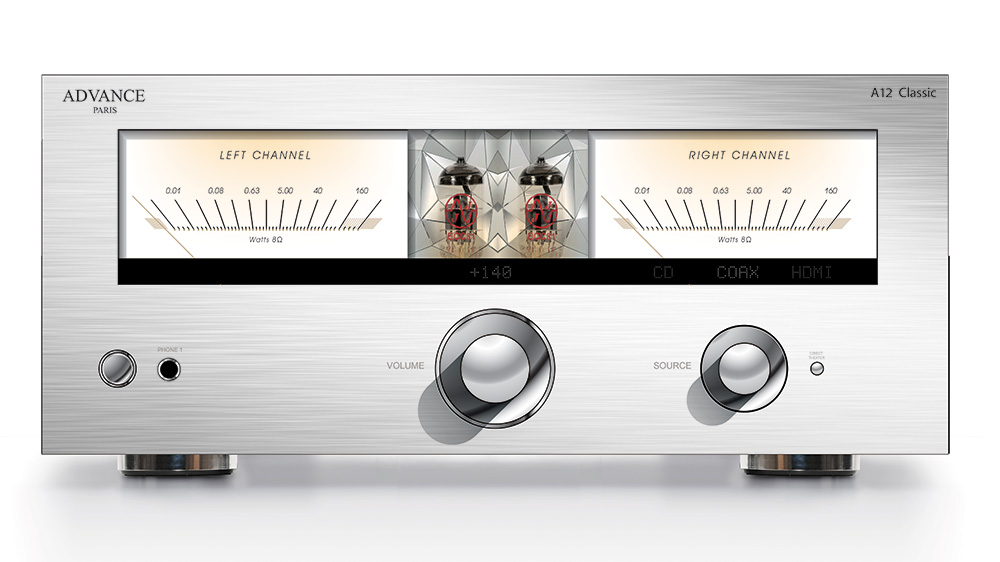
As for Bluetooth, the included dongle is specified to support the aptX codec, and naturally would play ball with the standard Bluetooth SBC codec too – but AAC wasn’t mentioned. However, when I connected my iPad, the front panel indicated that it was receiving AAC. Likewise, I confirmed aptX transmission using my Google Pixel phone. In both cases, sound quality was about as good as you can get with Bluetooth. In other words, it’s fine for background use but falls short for attentive listening. For example, Alicia Keys’ Songs in A Minor (which is what’s playing as I type this!) had a full but slightly flabby bass, plus a touch of harshness in the higher registers.
My serious listening was all via S/PDIF, XLR and phono inputs. I had a DAB+ radio, a Cambridge Audio CD transport, an Oppo universal disc player and a (newly acquired) WiiM media streamer plugged into S/PDIF inputs. Most of the time, I had the balanced output from my phono preamp (into which a Thorens TD1600 turntable fitted with a Goldring Ethos moving-coil cartridge was connected) plugged into one set of XLRs, while the phono input was saved for the Audio-Technica AT-VM95SH moving-magnet cartridge installed in a Technics SL-1500C turntable (obviously with its internal preamp switched off).
The S/PDIF inputs are rated to support stereo PCM up to 24-bit/192kHz. In a lot of equipment, only the coaxial inputs are rated up to 192kHz while optical is limited to 96kHz. But I had a 2000-released Denon recording of Beethoven’s 5th piano concerto on DVD Audio disc playing in the Oppo, and its 24-bit/192kHz stream came through via optical perfectly, with the Steinway sounding simply astonishingly beautiful.
You will probably never lay your hands on that disc, but you will be easily able to stream the title track of Billy Paul’s 1973 album ‘War of the Gods’ from Tidal. Delivered via Tidal Connect and the WiiM player to the A12 Classic via optical, the performance was immaculate, with a superb soundstage and extremely well-controlled bass.
That soundstage was maintained throughout just about all the music I played, especially the higher-quality tracks – Authentic Celestial Music by Dirty Three, Liberty by Anette Askvik, and just about anything from the variety of Telarc classical CDs I’m gradually acquiring.
And then there was vinyl. I played good old Billy Joel – but not as too many people have heard him: from the 1981 CBS Master Sound Half-Speed Mastered release of his 1978 album ‘52nd Street’. I bought it new back in those days and the pressing was and remains immaculate. Reproduced by the Technics/Audio-Technica pairing and A12 Classic, the results were simply wonderful – great timing, with everything in complete order, and the Dynaudio speakers were well-driven, offering an excellent presentation of percussion in particular.
When side one finished, instead of turning it over I switched turntables, plugging the Thorens/Golding duo into the amp and flipping the phono switch to moving coil. The results were similar, except with a slightly increased level of ‘being there’ realism. Indeed, the moving-coil phono preamp works very nicely.
Finally, the headphones. To my ears, using both my ancient Sennheiser HD 535 open-backed dynamic headphones (which cost around $300 back in the mid-90s) and relatively new Final Audio D8000 planar magnetic headphones, I don’t see how this performance could be significantly improved upon by a dedicated headphone amplifier.
Verdict
Have a look at the images accompanying this review. If the aesthetics please you (they certainly did please me, though naturally we all vary on that front), the price is within your target range, and you’re looking for a new integrated amplifier, my advice to you is this: find an Advance Paris dealer and go and have a listen to the A12 Classic. You won’t regret it.
MORE:
Australian Hi-Fi Show Sydney 2024 – dates, venue and ticket info
Read more from Australian Hi-Fi magazine
Australian Hi-Fi is one of What Hi-Fi?’s sister titles from Down Under and Australia’s longest-running and most successful hi-fi magazines, having been in continuous publication since 1969. Now edited by What Hi-Fi?'s Becky Roberts, every issue is packed with authoritative reviews of hi-fi equipment ranging from portables to state-of-the-art audiophile systems (and everything in between), information on new product launches, and ‘how-to’ articles to help you get the best quality sound for your home. Click here for more information about Australian Hi-Fi, including links to buy individual digital editions and details on how best to subscribe.
